Name Nitai Nitai | ||
 | ||
Dhoro choron chero na nitai kaure chere jabe na by pota great bangla soulful song
Nitai or Nityananda (Bengali: শ্রী নিত্যানন্দ, b 1474 CE), was a Vaishnava saint, famous as a primary religious figure within the Gaudiya Vaishnava tradition of Bengal, is an expansion of Balarama. Nitai was Chaitanya Mahaprabhu's friend and disciple. They are often mentioned together as Gaura-Nitai (Gaura, "golden one", referring to Chaitanya, Nitai being a shortened form of Nityananda) or Nimai-Nitai (Nimai being another name of Chaitanya). Followers often refer to Nitai as 'Sri Nityananda', 'Prabhu Nityananda' or 'Nityananda Rama'.
Contents
- Dhoro choron chero na nitai kaure chere jabe na by pota great bangla soulful song
- Who is Lord Balaram Glories of Lord Nityananda Nitai Part 1
- Life
- Jagai Madhai episode
- Marriage and descendants
- Legacy
- Principal sobriquets
- References
According to Gaudiya-Vaishnava tradition Nitai is an incarnation of Balarama, with Chaitanya Mahaprabhu being his eternal brother and friend, Krishna. He is considered the 'most merciful' incarnation of the Supreme Personality of Godhead (a term popularized by A.C. Bhaktivedanta Swami).
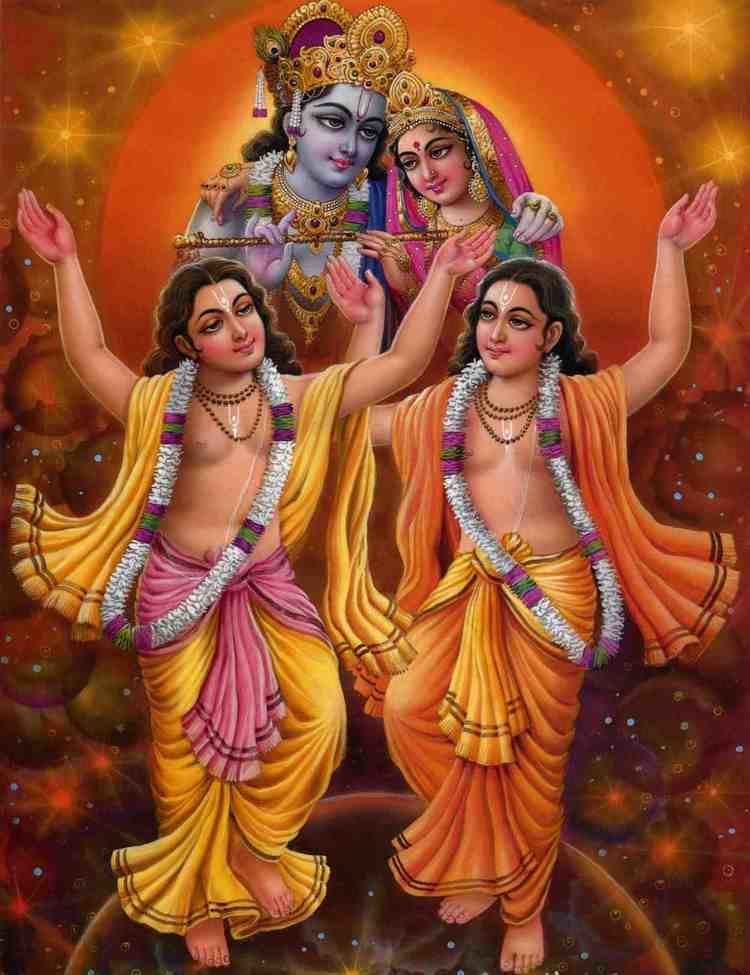
Who is Lord Balaram? Glories of Lord Nityananda (Nitai) Part 1
Life
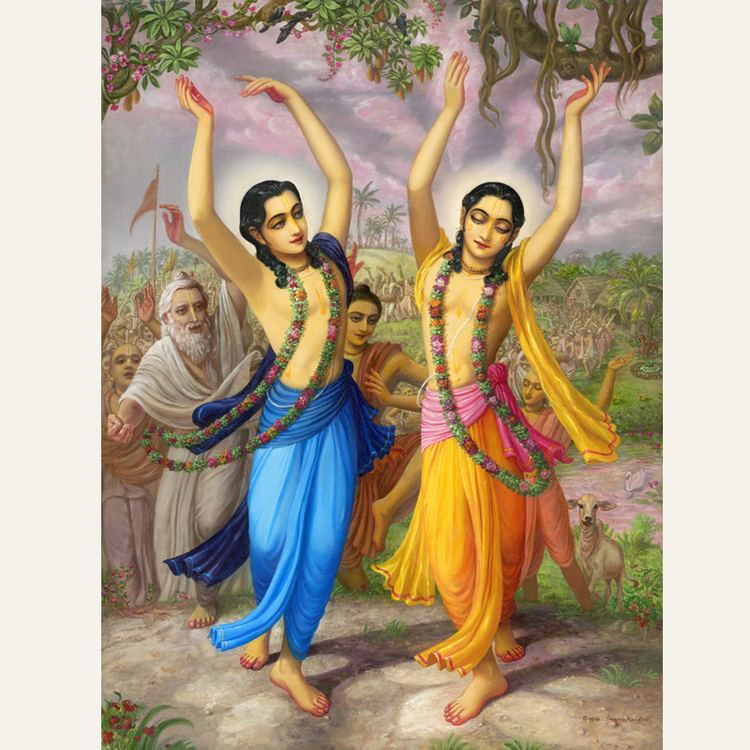
Nityananda Prabhu was born to a religious Bengali Brahmin, known as Pandit Hadai and Padmavati in Ekachakra (a small village in Birbhum district of present West Bengal) around the year 1474. His devotion and great talent for singing Vaishnava hymns (bhajan) were apparent from a very early age. In his youth, he would generally play the part of Lakshman, Rama's younger brother, in dramatic re-enactments of Lord Rama's pastimes, along with the other boys of Ekachakra.
At the age of thirteen, Nitai left home with a travelling renunciate (sannyasi) known as Lakshmipati Tirtha. Nitai's father, Hadai Pandit, had offered the travelling sannyasi anything he wished as a gift. To this Lakshmipati Tirtha replied that he was in need of someone to assist him in his travels to the holy places (he was about to begin a pilgrimage) and that Nitai would be perfect for the job. As he had given his word Hadai Pandit reluctantly agreed and Nitai joined him in his travels. This started Nitai's long physical and spiritual journey through India which would get him in contact with important Gurus of the Vaishnava tradition. Apart from Lakshmipati Tirtha, who at some point initiated him, he was also associated with Lakshmipati Tirtha's famous other disciples: Madhavendra Puri, Advaita Acharya, and Ishvara Puri, the spiritual master of Chaitanya Mahaprabhu.
Jagai-Madhai episode
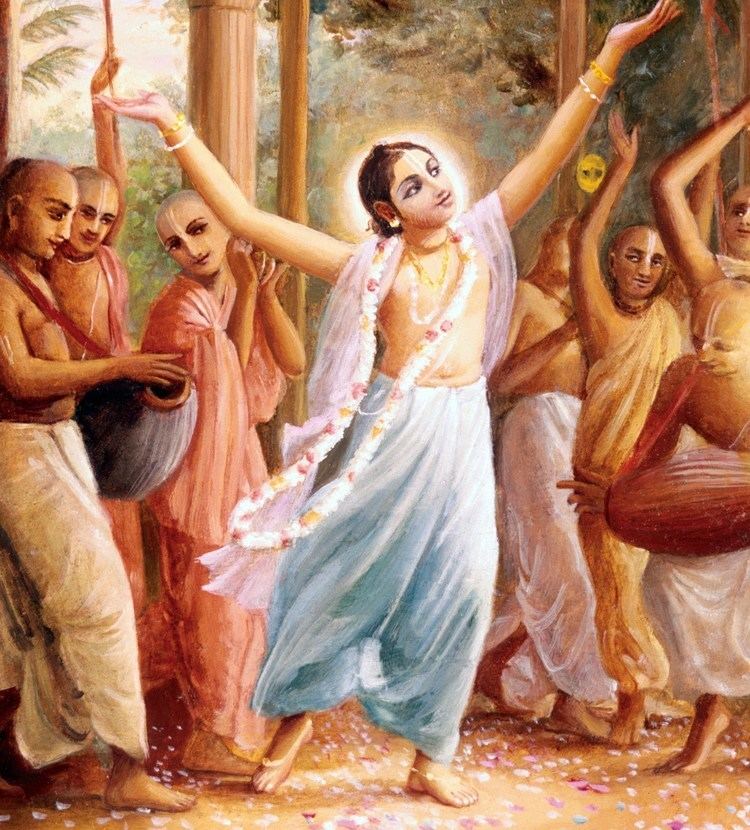
The episode of Jagai-Madhai relates to Chaitanya and Nitai. There are a few versions of the story, but the basics outline of the traditional tale is as follows:
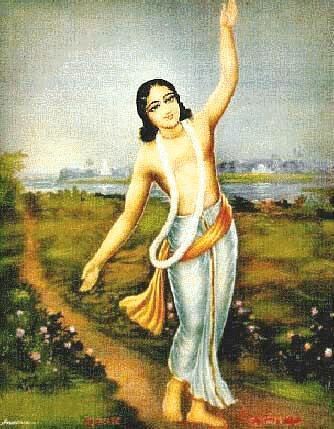
Marriage and descendants
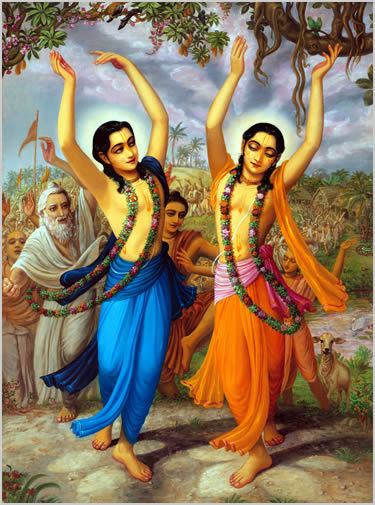
Nitai married two daughters of Suryadasa Sarakhela, Vasudha and Jahnava. After marriage, he settled in Khardaha in 24 Parganas district in West Bengal. He had a son, Virachandra or Virabhadra, and a daughter, Ganga, by his first wife Vasudha. Virabhadra was later initiated to vaishnava rites by his stepmother Jahnava.
Legacy
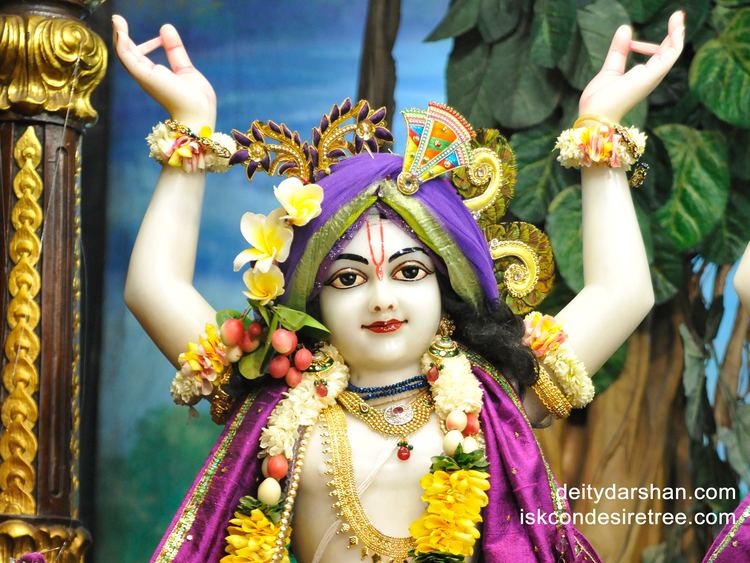
The exploits of Chaitanya and Nitai have had deep religious and cultural implications in Bengal. They are credited with the revival of Hinduism in Eastern India, plagued mainly by the caste system, which they denounced. Much of Vaishnava literature, regarded as one the finest literary heritage of medieval Bengal, came from them or their disciples. Even in secular literature, their brotherly love towards each other has been celebrated.
Principal sobriquets
from the writings of Sarvabhauma Bhattacharya, usually combined into a single prayer:
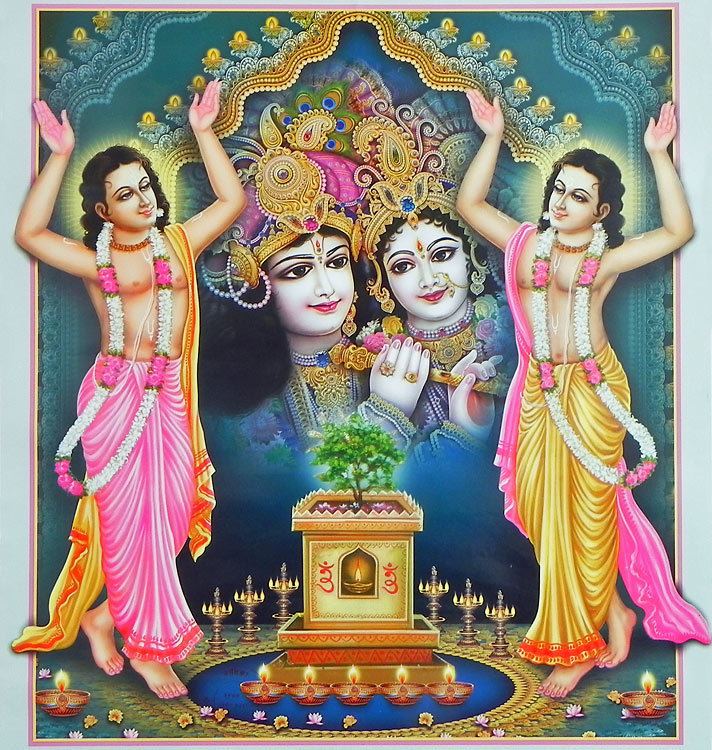
Nityananda vadhutendur,
vasudha-prana-vallabha
jahnavi-jivita-pati
krsna-prema-prada prabhu
Padmavati-suta sriman,
Saci-nandana-purvaja
bhavonmatto jagat trata
Rakta gaura kalevara
Pranam Mantra of Nityananda
Nityananda mahang vande, Karne lambita mouktikam,
caitanya aagraja rupena, kritarthi kritabhutalam.
